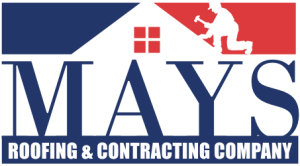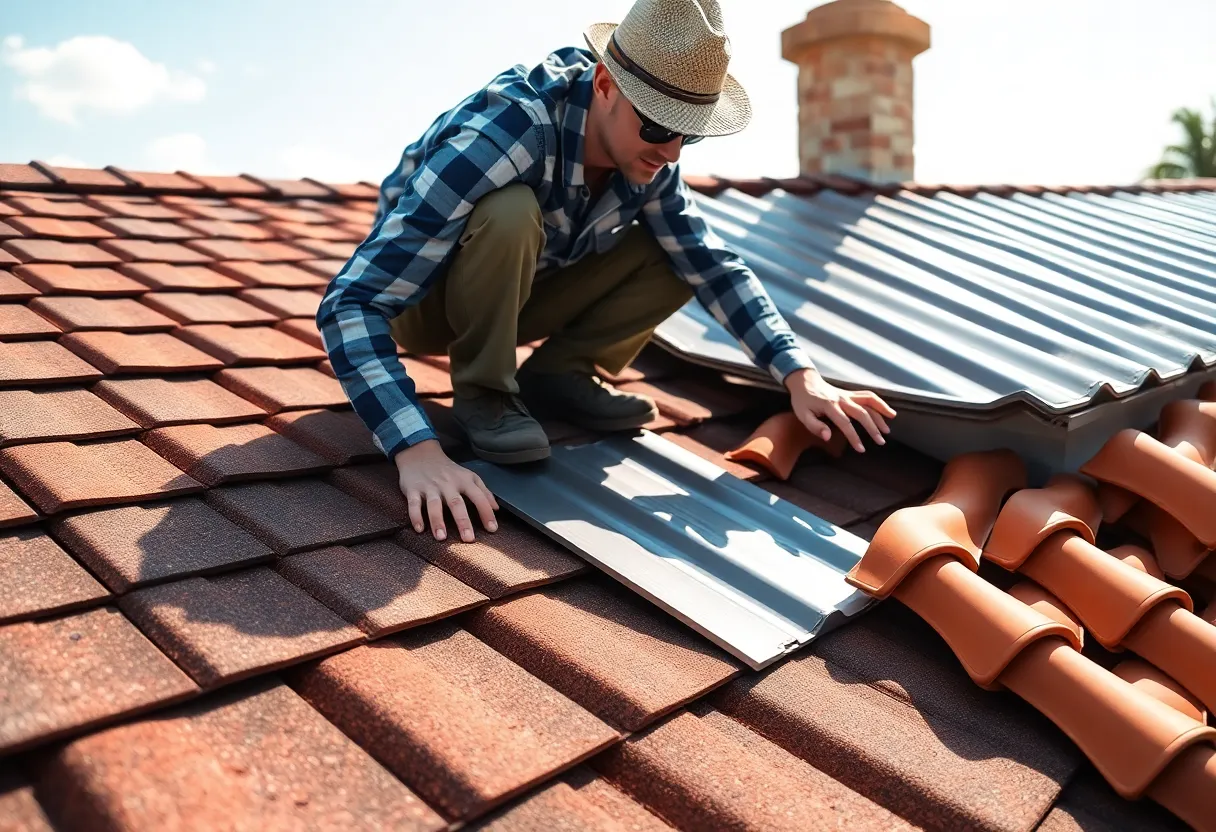How to Choose the Right Roofing Solution for Your DIY Project: Essential Tips for Success
Understanding Your Roofing Needs
When embarking on a DIY roofing project, the first step is to assess the specific needs of your structure. **Consider the type of building**—residential, commercial, or a shed—each with assigned requirements.
Next, evaluate the current roofing condition. Identify whether you will perform a complete roof replacement or a partial repair. **Knowing your starting point** is vital in selecting the correct materials and methods.
Furthermore, consider your local climate. **Weather affects roofing longevity** and performance. A roofing solution suitable for a rain-prone area may not work well in arid climates. Familiarize yourself with local weather patterns to aid your decision-making.
Types of Roofing Materials
Choosing the right materials involves understanding the variety available. Each option presents unique benefits, drawbacks, and costs.
Asphalt Shingles
– **Popularity**: These are the most common roofing materials in North America due to affordability and ease of installation.
– **Durability**: Generally, they last 20 to 30 years with proper maintenance.
– **Appearance**: Available in various colors, asphalt shingles can enhance a home’s curb appeal.
Metal Roofing
– **Longevity**: Metal roofs last 40 years or more, making them a long-term investment.
– **Weight**: Lightweight and strong yet often require specialized flashing and ventilation.
– **Energy Efficiency**: Reflects solar radiant heat, potentially reducing cooling costs.
Clay and Concrete Tiles
– **Aesthetic Appeal**: Known for their distinctive look, they provide a premium appearance.
– **Lifespan**: Extremely durable and can last over 100 years when well-maintained.
– **Weight Consideration**: Requires additional structural support due to their heaviness.
Slate Roofs
– **Luxurious look**: Slate is one of the most expensive roofing materials but offers unmatched beauty.
– **Durability**: Slate roofs can last for over 100 years.
– **Maintenance**: Requires professionals for repairs, which may increase long-term costs.
Cost Considerations
Budget plays a critical role in roofing choices. **Assess the total cost**, including materials, tools, and labor if hiring professionals.
Consider the long-term return on investment. **Higher upfront costs** may yield savings through durability, energy efficiency, and reduced maintenance.
Explore warranty options with different materials. A more extended warranty can be an indicator of quality and durability, providing peace of mind regarding your investment.
DIY vs. Professional Installation
Assess your skills objectively. **Evaluate your experience** with roofing projects. Some materials, like asphalt shingles, may be manageable for a DIY enthusiast, while others, such as slate, usually require professional expertise.
Consider labor costs in your budget. Some roofing types can be complicated to install and may involve additional labor costs. **Roofing can be dangerous**, and investing in tools and training for safe installation is crucial.
Maintenance and Longevity
Different roofing materials have varying maintenance needs. **Research the upkeep** requirements for each option. Regular inspections, cleaning, and repairs can extend the lifespan of your roof significantly.
Metal roofs, for example, typically require minimal maintenance, while materials like wood shakes require more oversight to prevent moss growth and wood rot. Understanding maintenance needs can help prevent costly future repairs.
Environmental Impact
Consider the environmental footprint of your roofing materials. Eco-friendly options, such as recyclable metal roofs or sustainably sourced wood shakes, may align with your values.
Energy-efficient materials can also contribute to lower utility bills and a smaller carbon footprint, benefiting the environment and your finances in the long run.
Building Codes and Regulations
Before starting any roofing project, check your local building codes. **Adhering to regulations ensures safety and minimizes legal issues**. Some areas have specific requirements regarding roofing materials, installation methods, and ventilation.
Secure necessary permits before installation. Failure to do so can lead to fines and complications during your project.
Additionally, researching local contractors may provide insights into commonly used materials and methods that comply with local regulations.
Choosing Colors and Styles
The roof’s color can significantly influence your home’s aesthetic. **Consider neighborhood norms** to enhance surroundings rather than detract.
Remember that darker colors may absorb heat, impacting cooling costs. Conversely, lighter colors can reflect sunlight, helping to maintain a cooler indoor environment during summer months.
Evaluate your home’s architecture too. Certain styles pair better with specific roofing materials. Keep architectural compatibility in mind when selecting colors and styles.
Installation Techniques
If you decide to pursue the installation independently, familiarizing yourself with correct techniques is essential. Each material has particular **installation requirements** and best practices to follow.
You can find resources online, including tutorials and videos, that guide you through the proper installation methods.
Consider joining forums or communities where you can ask questions, share insights, and gather tips from fellow DIY enthusiasts. Engaging with others can enhance your knowledge and improve your skills.
Conclusion
Choosing the right roofing solution for your DIY project requires careful consideration of various factors. **Assess your needs, evaluate materials**, budget appropriately, and stay informed about maintenance requirements.
Thorough research and planning ensure your chosen roofing option is the best fit for your specific circumstances. Ultimately, a well-informed decision leads to successful project completion and long-lasting satisfaction.
By prioritizing durability, suitability, and compliance with regulations, you’ll create a roofing solution that not only meets your immediate needs but also contributes positively to your home’s value and functionality.






